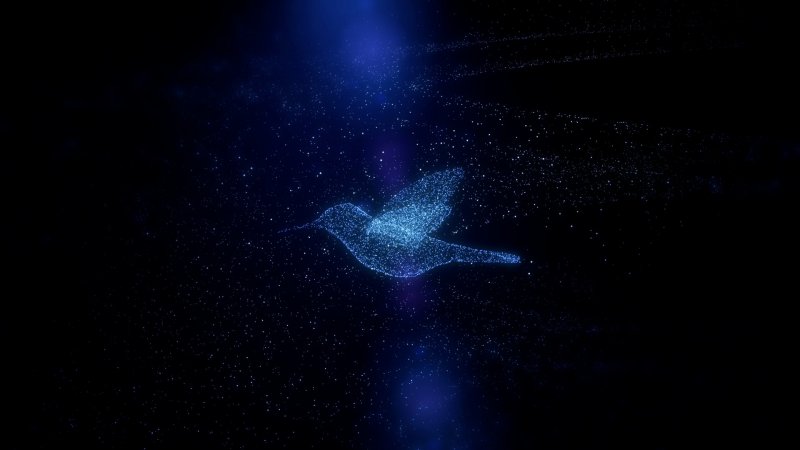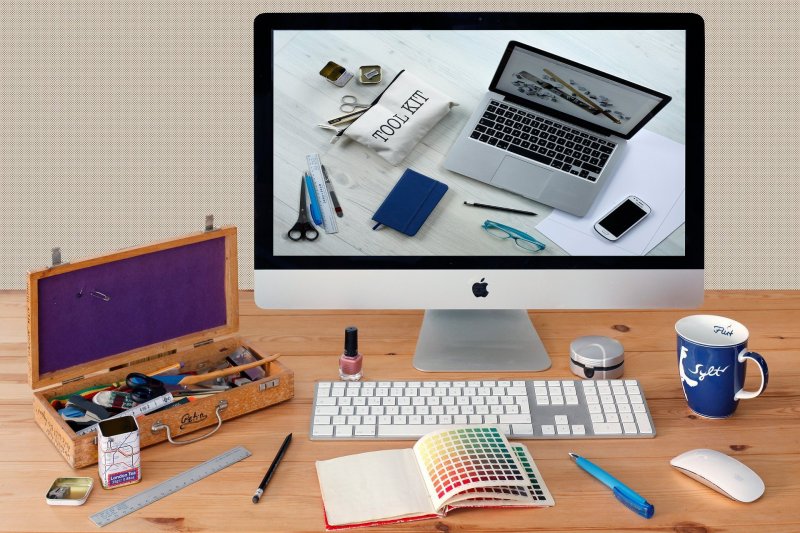Digital Animations in the 21st Century
12 Nov 2020

While creativity takes centre stage when it comes to animation, technology is the behind the scenes making advances in digital content possible. Visual effects and 3D animation have given a boost to many different types of media. Cutting edge imaging shows up in blockbuster films, tv shows, and video games.
Over the decades, animation has transformed. From a time-consuming and expensive practice on paper, then a complicated digital process, it is now something fast and fun. Using efficient tools has allowed authentic digital animations to become the norm. Here are the top trends that have impacted 21st Century digital animation.
Efficiency
One of the most critical shifts in digital animation has been automation. It’s a cost-effective tool that has also saved time. Creative input from animators is vital. However, automation has its place, especially for shorter pieces, such as opening sequences and score updates. Users can receive automatically generated videos minutes after inputting information.
Lightweight scripted animation instead of huge video files, has helped mobile content to advance. This means real-time interactions on apps, video slots, and games are possible for players. They can enjoy content wherever they are and without a long load time.
Character animation is one of the biggest trends of the last five years. It combines traditional artwork with live streaming to create improvised cartoons. They react to the real world, as seen on the live episode of The Simpsons in 2016. This technology has landed in the hands of the user through their devices. Apps can now use a phone’s camera to bring to life animated characters.
Collaboration
It’s not only giving users the technology that has shaped 21st Century digital animation. Making the most of cloud services means the industry more accessible. Artists and game studios can now rent what they need for short spaces of time. Rendering requires large amounts of processing power. However, with several different companies sharing resources, production is faster and more competitive.
The primary components of animated content are visuals. Every slot game and console blockbuster would be lost without them. That’s why it was big news when NASA started releasing their images of space. Plus, Disney made its technology open source, including actual production assets. Instead of reinventing the wheel, other design studios can build on what already exists.
Gaming
Game design has always needed to stay one step ahead of digital animation trends. Slots and other video games are interactive. This means, whatever techniques a designer uses, the game needs to flow, and look good from every angle. You can see examples of animated slots here.
Online casino games of all types utilise 2D and 3D animation, as well as newer technologies, like augmented reality, to enhance the experience for players. As game designers bring new concepts and bonus features to the industry, it’s up to the animators to make them a reality. Keep a close eye on online gaming as this is where new trends will emerge in the coming years.
Modern Pictograms
27 Sep 2020
Modern pictograms can be seen all around us. They convey essential information in the least amount of detail possible for a broad audience. Some universal pictograms are used to advise of caution. For example, poisons are often represented with a skull and bones. Pictograms also show transport information. A bus stop is one such sign.
What is Typography?
30 Aug 2020
Typography is actually both an art and a technique. It uses letters to display text and images using different fonts, sizes and spacing. Typography was originally prefabricated and movable but has changed with the use of computers. The art of typography communicates mood or meaning to make the display more appealing to the observer.
What is a Pictogram?
2 Aug 2020
A pictogram is a type of symbol which gives information about many different concepts or statistics through illustration. They have actually been employed for thousands of years throughout the world. Pictograms are usually used on signs and often have a universal meaning. Some examples include the pictogram for radioactive material and flammable items.

